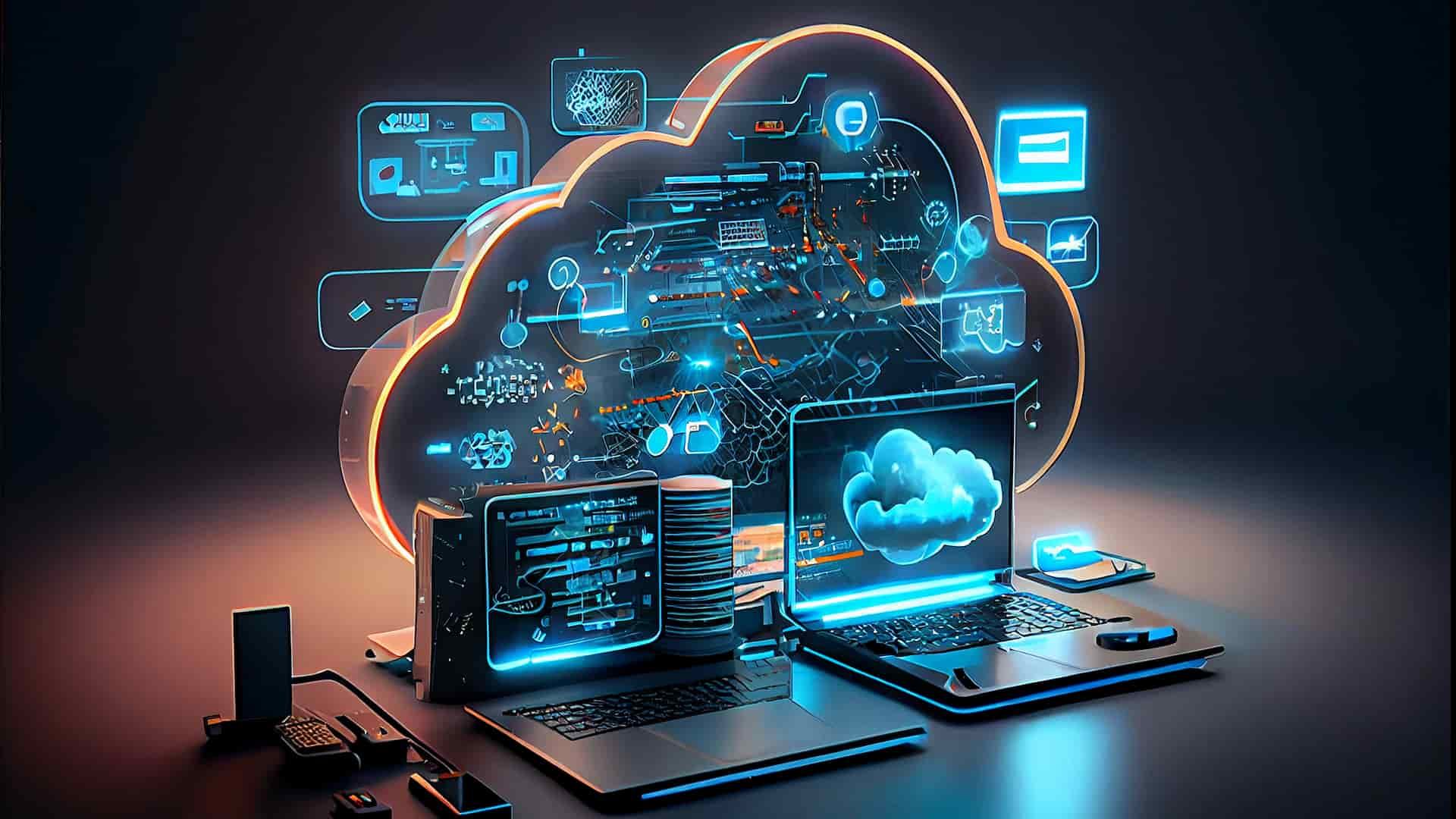As a service technologies: what they are and how they work
Today’s rapid advance in technology makes it necessary to periodically update IT infrastructures and systems to keep the pace of the competition, an operation that usually entails a significant investment in terms of time, resources and finance, of course, because introducing and mastering new technologies often requires specialized and keen management which could be unsustainable for some organizations.
The right solution to keep up with innovation and maintain a competitive advantage, especially avoiding burdensome costs, is to use as a service technologies within your company. They can be adopted by all types of organizations, no matter about sizes and sectors, and offer the possibility of adapting performance based on user needs. In fact, this model is based on a simple concept: third parties own technologies and provide them to end users over the Internet through clouding.
As a service technologies model is an important tile of the whole digital transformation landscape, basically consisting of making new technologies available to companies with no need to purchase them. This approach, also called Technology as a Service (TaaS), usually makes a technological product or service purchasable as a subscription rather than as a one-shot specific purchase. Its flexibility and scalability allow customers to pay only for the actual use of that technology, with the great advantage of having them available everytime, always updated and with no additional costs for the maintenance. For sure, this guarantees improved productivity and savings of time and money; but TaaS model also speeds up key processes such as digital onboarding.
Therefore, as a service technologies represent the simplest and most efficient alternative to best respond to business needs in a practical way, significantly cutting down expenses and effort for the inner implementation of new technologies. In short, an extremely helpful support to face the uncertainties of a constantly evolving market, with greater flexibility and timeliness, in the current era led by fast and competitive innovation.
As a service technologies: main models and examples
Differently than traditional approaches, as a service model shifts the technology budget from a capital expense to an operational expense, allowing initial investments to be reduced to a minimum and to benefit from more recent and high-performance tools. This is possible because TaaS is based on a subscription system which allows to use services without purchasing licenses and access to updated and secure solutions.
Nowadays there are four as a service technologies models widely used by companies to efficiently and effectively manage the possibilities offered by innovation:
- Infrastructure as a Service (IaaS), provides virtual computing resources over the Internet allowing to rent hardware resources, such as virtual servers, storage capacity and networks, rather than having to physically purchase and manage them on-site; noteworthy examples of IaaS providers that meet different business needs include Amazon Web Services, Microsoft Azure and Google Cloud Platform;
- Platform as a Service (PaaS), supports the development, execution, management and maintenance of applications providing developers with a workspace where they can build, test, and deploy their applications without worrying about operating system installation, server configuration, hardware resource management and integration with existing applications; noteworthy examples of PaaS services that support different programming languages and integration with other cloud services include Heroku, Microsoft Azure App Service and Google App Engine;
- Software as a Service (SaaS), provides applications hosted on remote servers accessible via the Internet by users through a web browser, without having to install anything locally on their device as the software provider manages the infrastructure, maintenance, updates and security of the applications, while the user simply subscribes to the service to access to applications and solutions; noteworthy examples of SaaS applications include Microsoft Office 365 and Google Drive;
- Disaster Recovery as a Service (DRaaS), allows organizations to plan and implement cyber disaster recovery strategies more flexibly and efficiently, providing a cloud-based option to ensure business continuity and data protection in the event of hardware failures, human errors or cyber attacks; noteworthy examples of DRaaS providers include AWS Backup and Azure Site Recovery.
5 advantages of as a service technologies
The adoption of as a service models makes the implementation of new technologies a simpler and more streamlined process, allowing companies to explore digitalization and exploit the benefits offered by innovation, minimize costs and manage IT resources.
Technology as a service model offers brilliant benefits to organizations in terms of costs, productivity and security: a strategic choice for significant improvements in an increasingly digitalized global market where new technologies play a key role in maintaining a competitive advantage following the path of innovation.
The advantages of as a service technologies can be summed up in five key points:
- higher level of scalability as organizations can adapt their infrastructure to changing business needs quickly and easily, without having to incur additional costs or slow down operations;
- less maintenance costs as such technologies are managed by the supplier, who takes care of keeping them updated and secure with no need to hire expert technicians to constantly monitor IT resources or troubleshoot any issues;
- greater speed of implementation as organizations can exploit the latest technologies without having to wait long activation times or invest excessive resources in maintenance;
- higher data security as these services are equipped with a series of sophisticated security controls that can prevent the most common cyber threats, thus ensuring the protection of company data;
- data conformity between business departments as the distribution of these services guarantees a uniformity of the tools used by all units, minimizing the risk of incompatibility between the different solutions and works.








